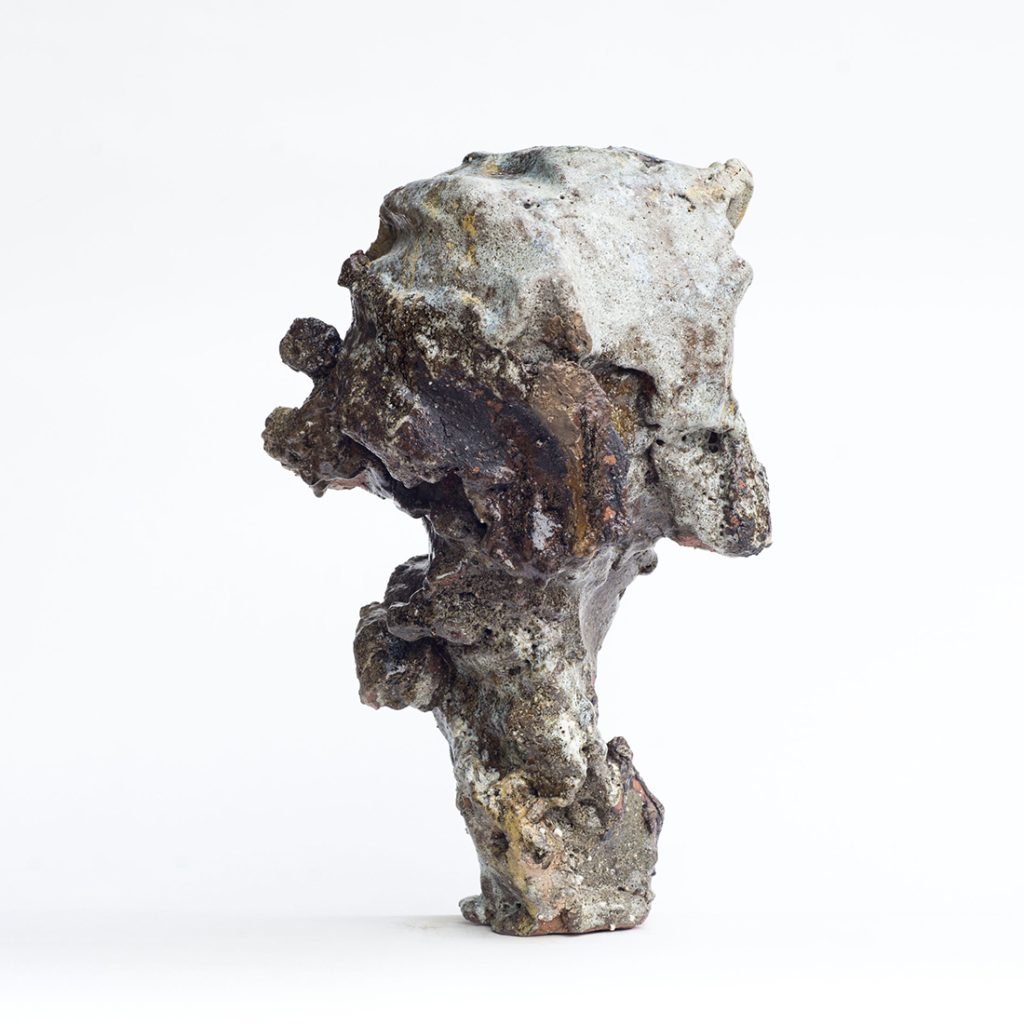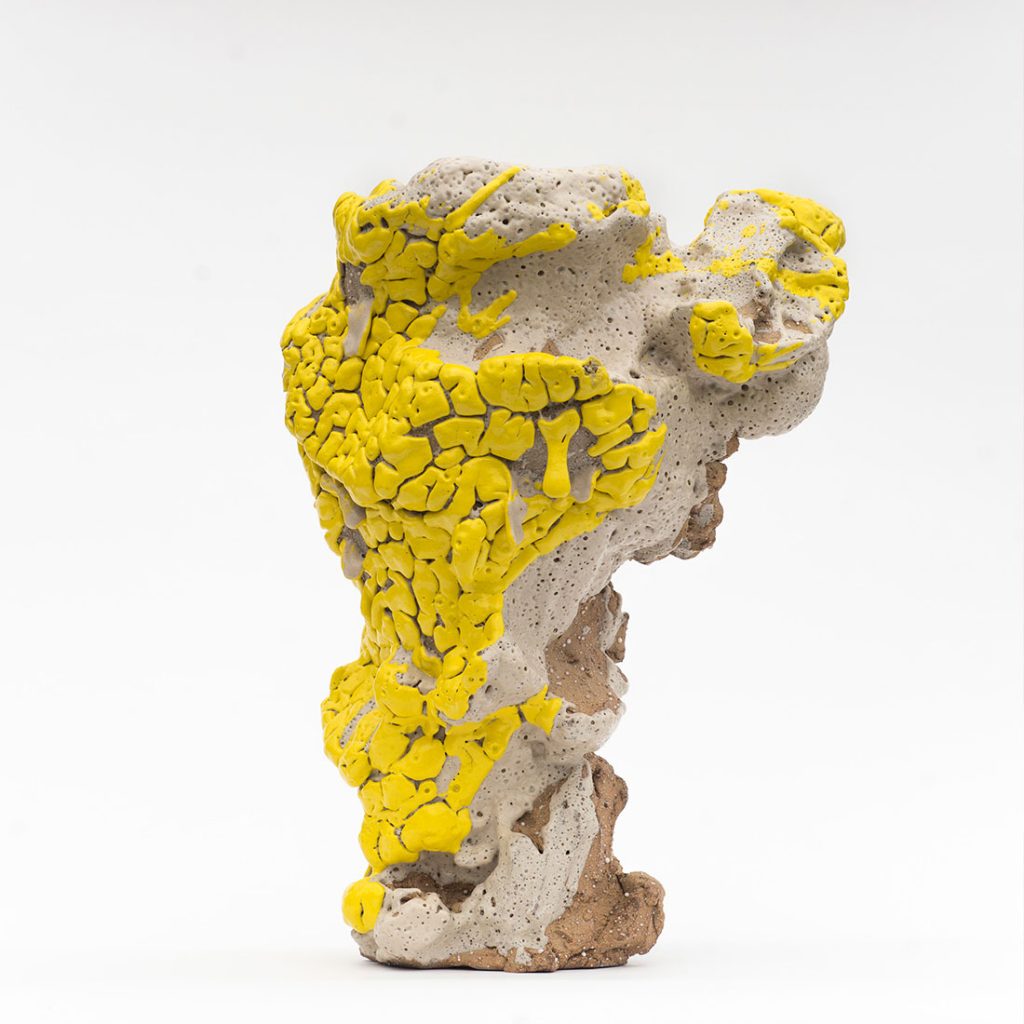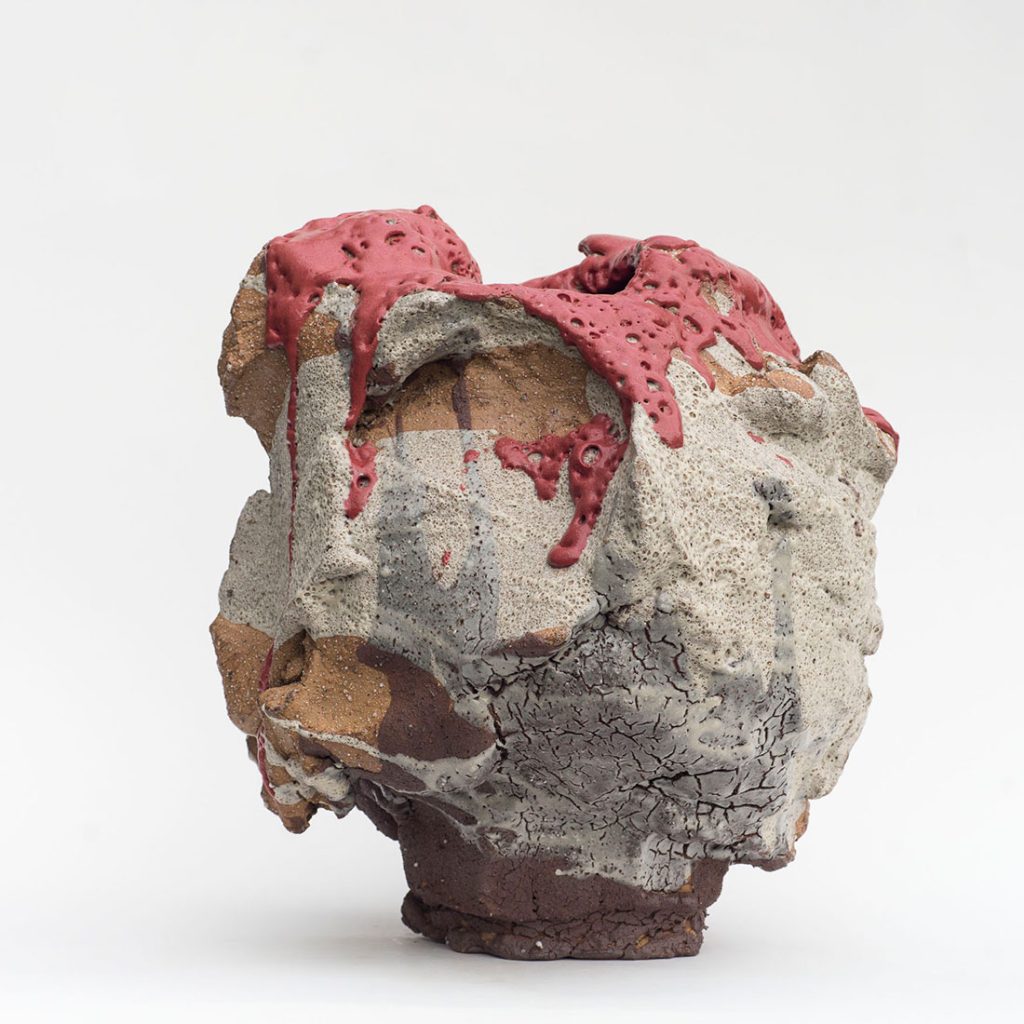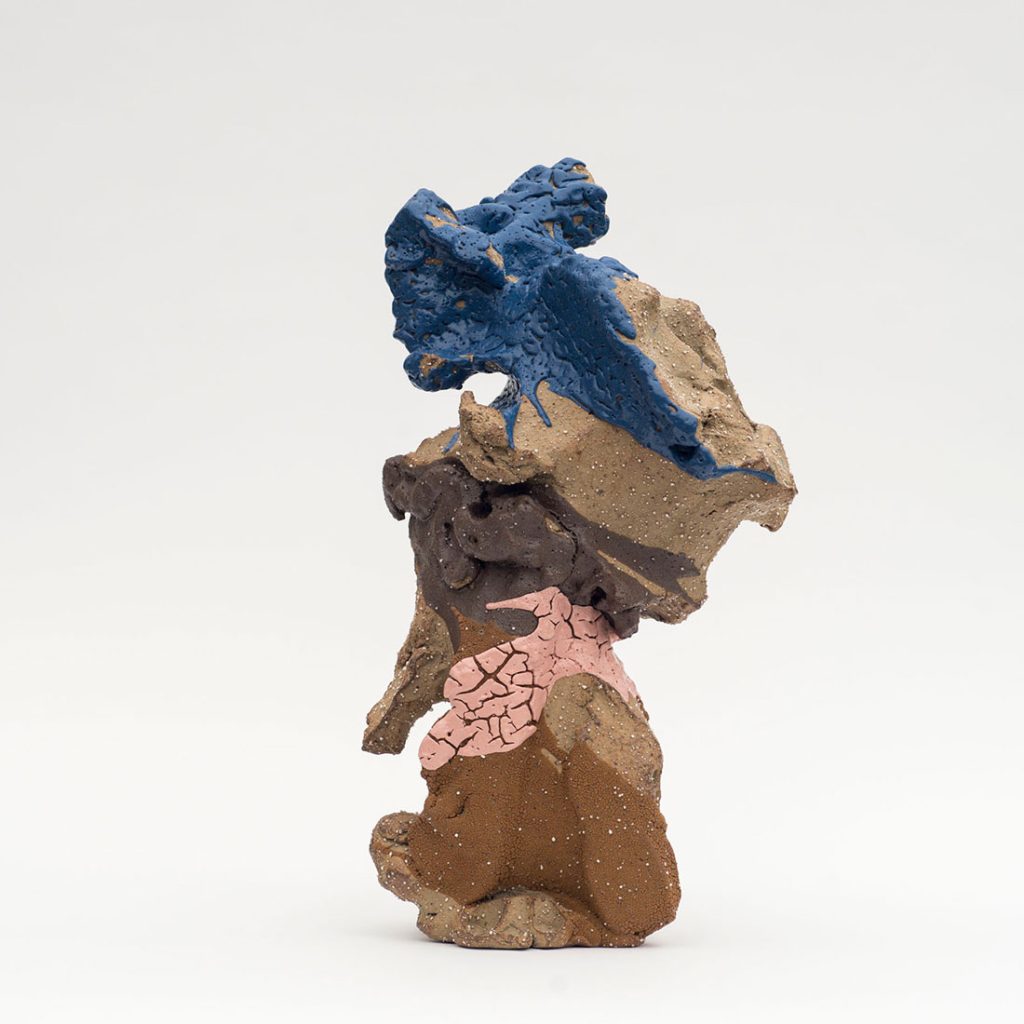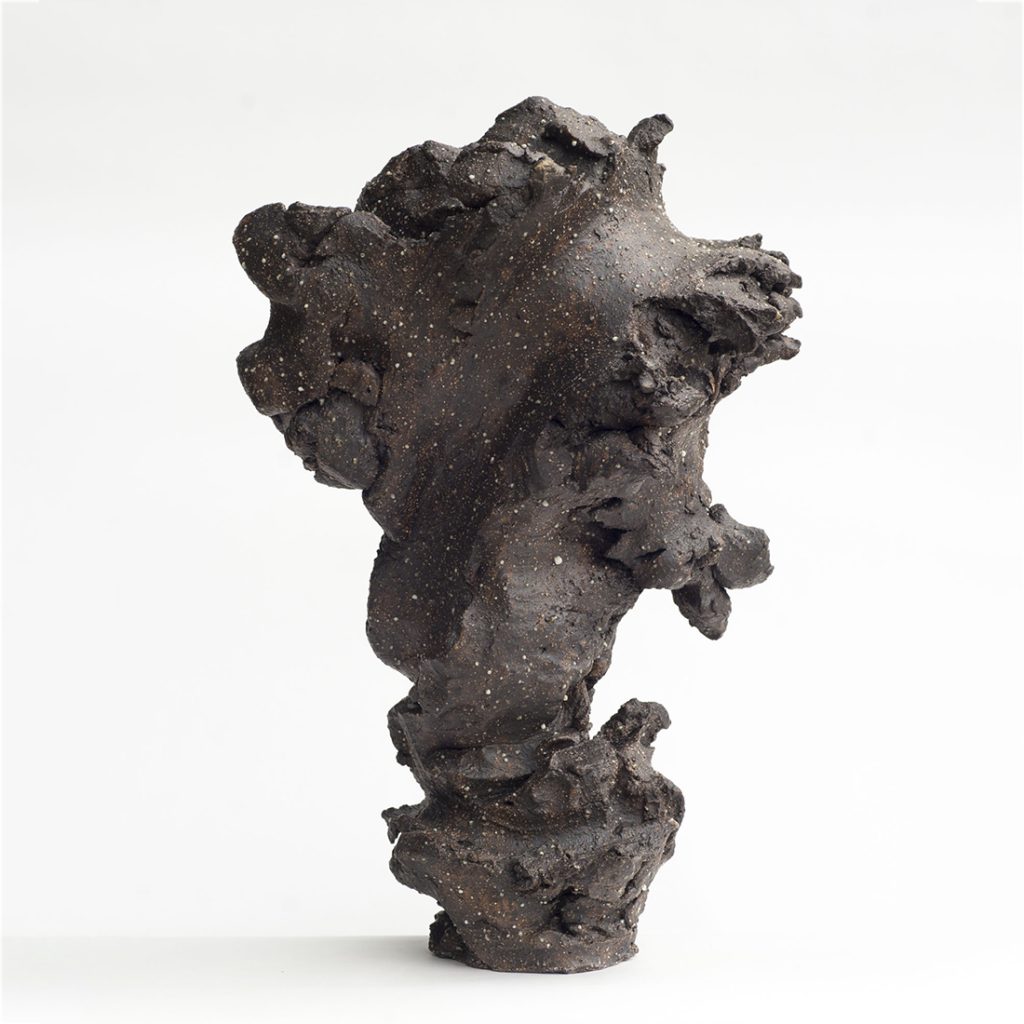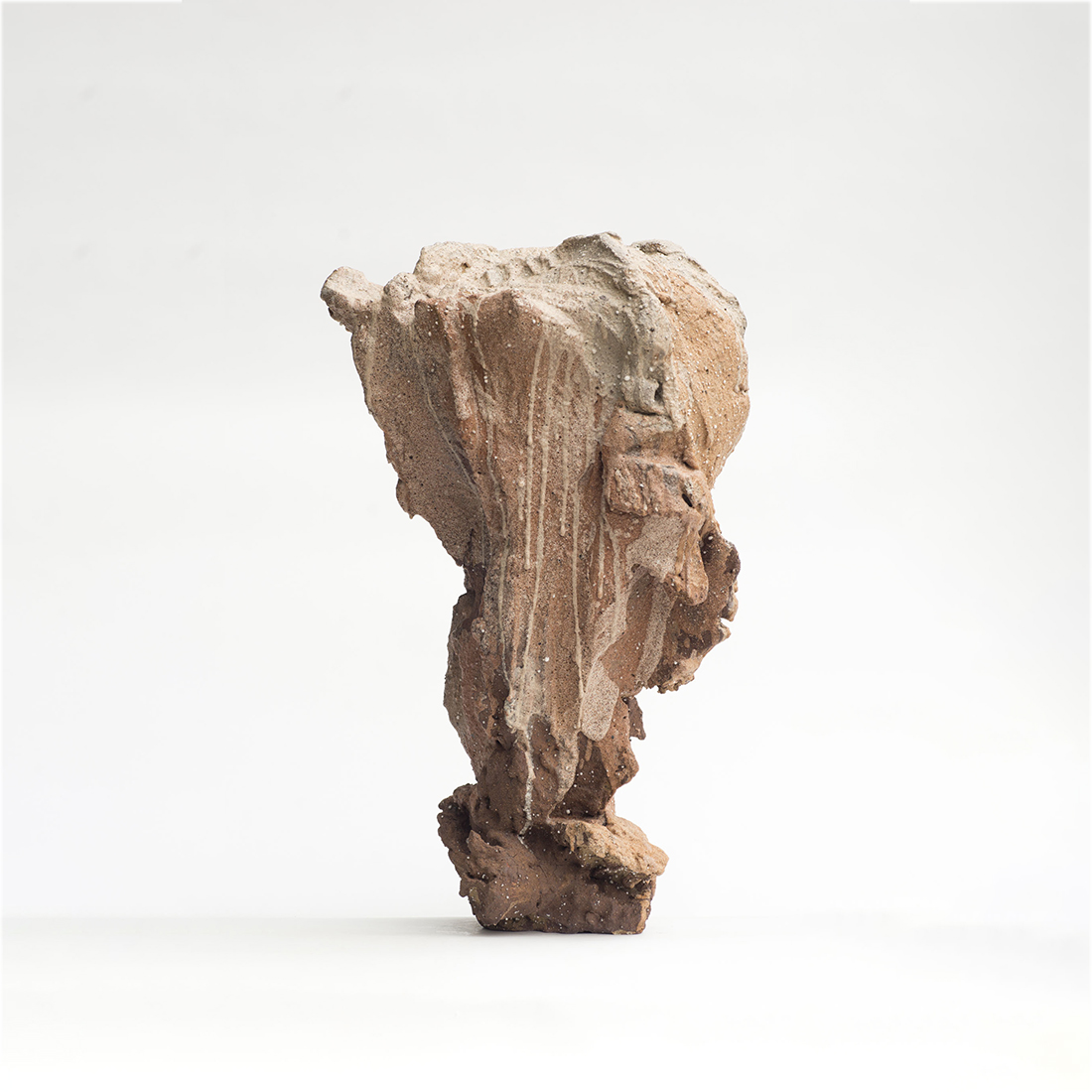

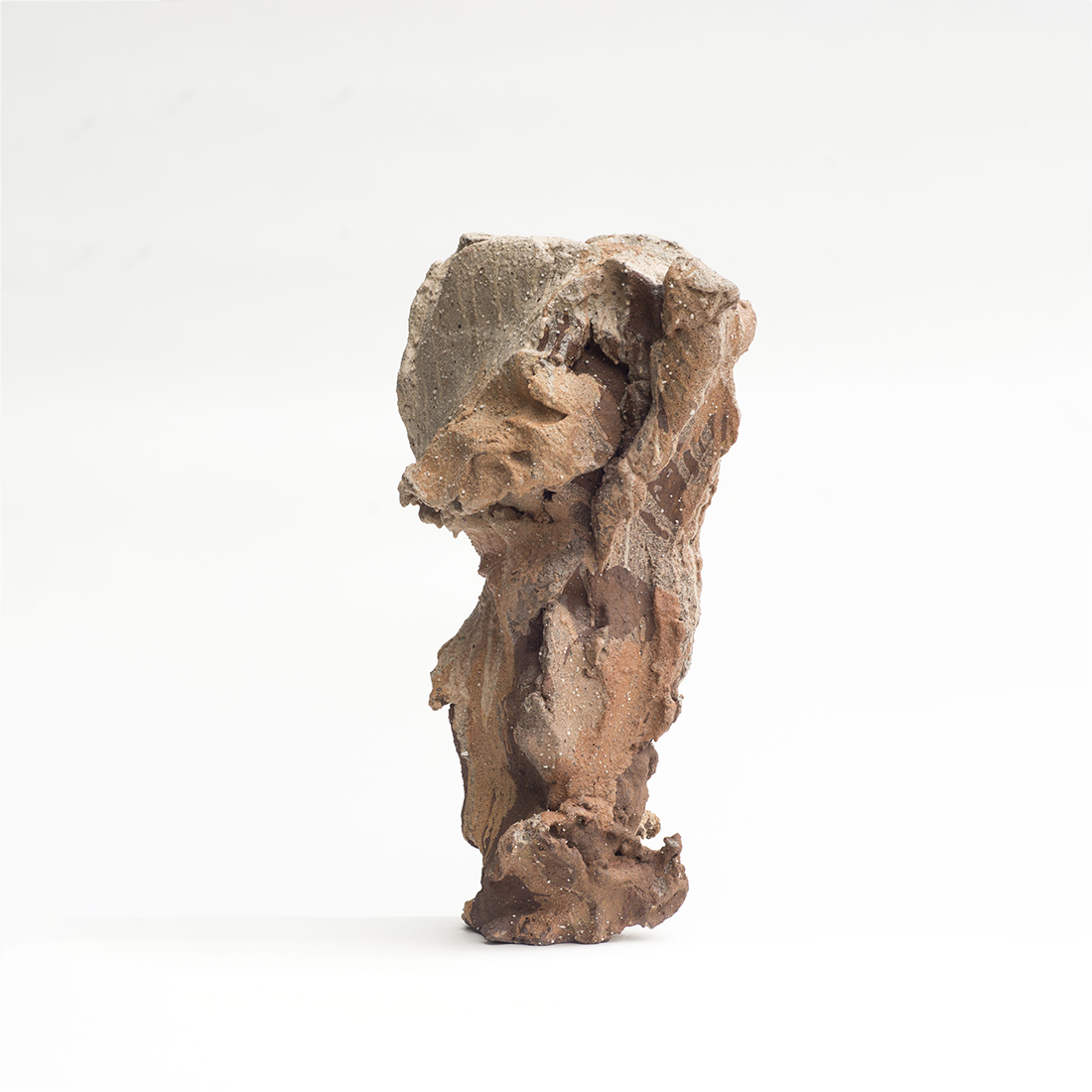
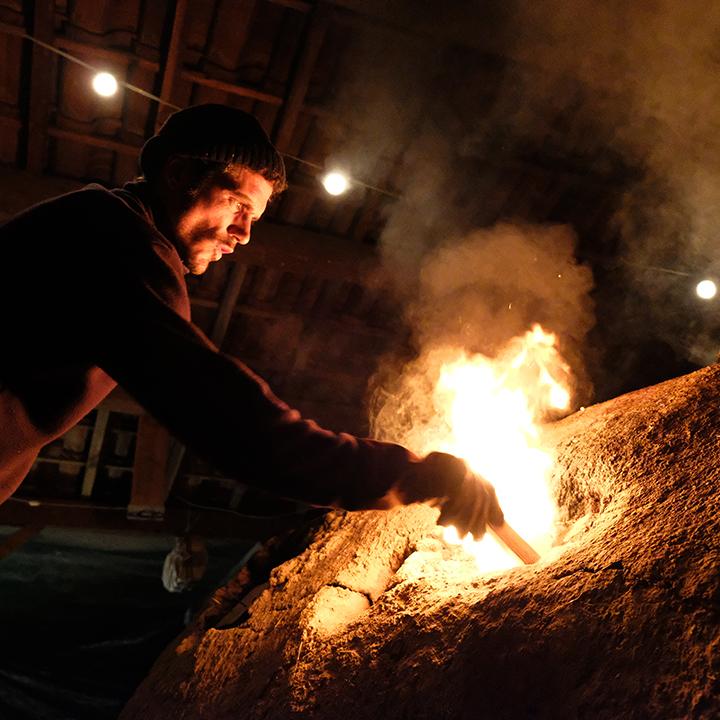
Born in 1987 in Ardèche, Simon Manoha develops a form of ceramics rooted in earth, music, and philosophy. His pieces, shaped using the Japanese kurinuki technique, seem to emerge from the ground itself, as if revealed by fire.
After studying improvised music and contemporary philosophy at the Sorbonne, he returned to the raw material: clay. The heir to a potter uncle, he walks, digs, and collects clays, minerals, and ashes in the forests of Ardèche. These elements become the pigments and glazes of his personal language.
He built his own anagama kiln by hand, which he fires with local woods, chestnut, pine, ash, and acacia, for forty-eight-hour firings. Each piece, hollowed from a raw block, retains the trace of effort, fire, and chance.
His work lies between pottery and sculpture, between ancestral gesture and contemporary meditation. For Simon Manoha, firing is not merely a technical act, it is an existential experience, a way of listening to the earth breathe.
After studying improvised music and contemporary philosophy at the Sorbonne, he returned to the raw material: clay. The heir to a potter uncle, he walks, digs, and collects clays, minerals, and ashes in the forests of Ardèche. These elements become the pigments and glazes of his personal language.
He built his own anagama kiln by hand, which he fires with local woods, chestnut, pine, ash, and acacia, for forty-eight-hour firings. Each piece, hollowed from a raw block, retains the trace of effort, fire, and chance.
His work lies between pottery and sculpture, between ancestral gesture and contemporary meditation. For Simon Manoha, firing is not merely a technical act, it is an existential experience, a way of listening to the earth breathe.

